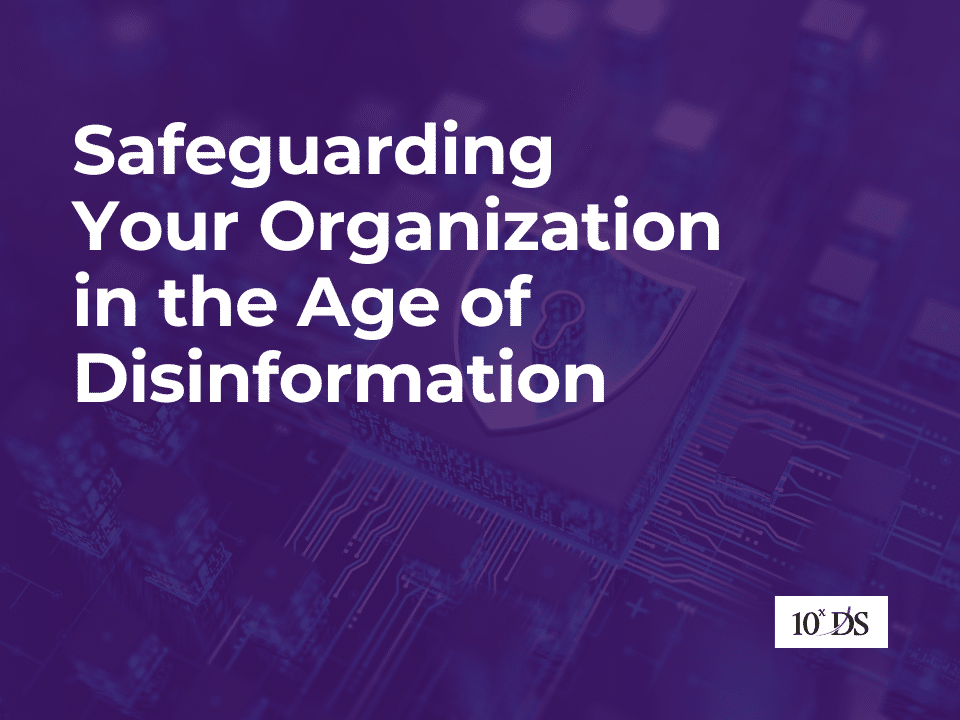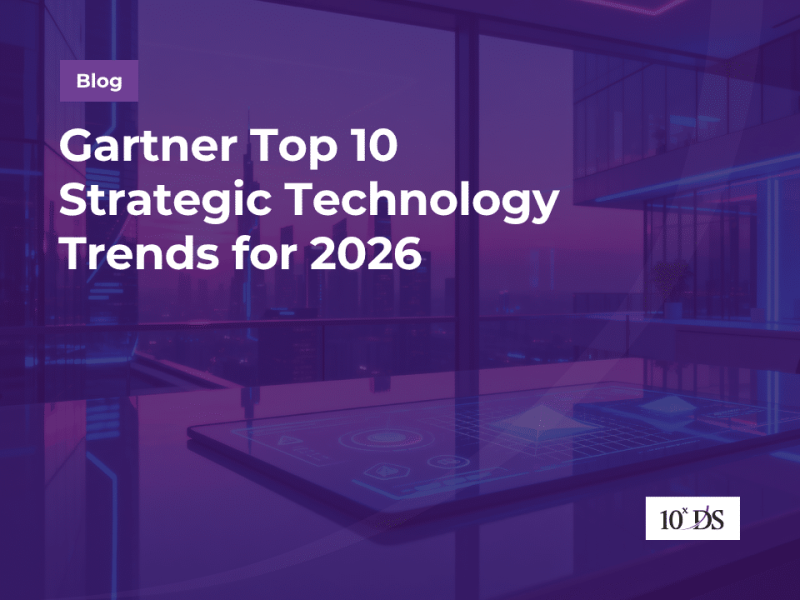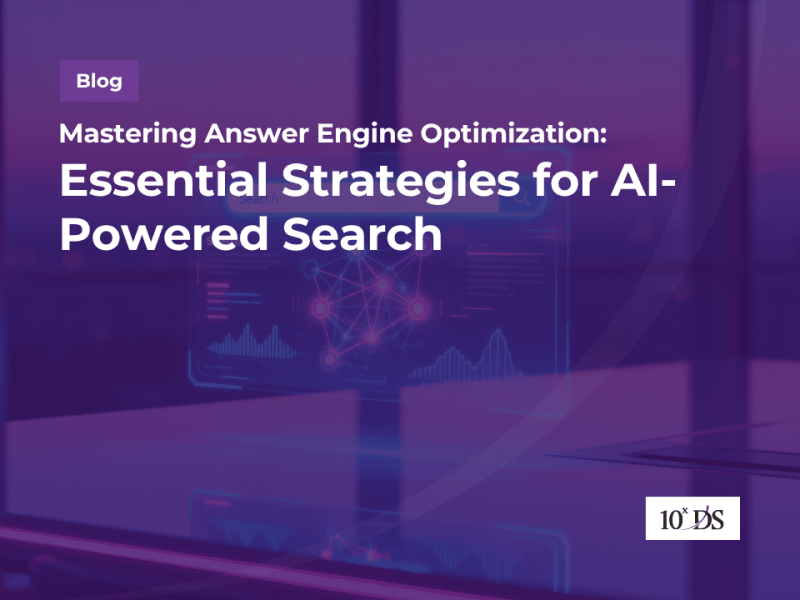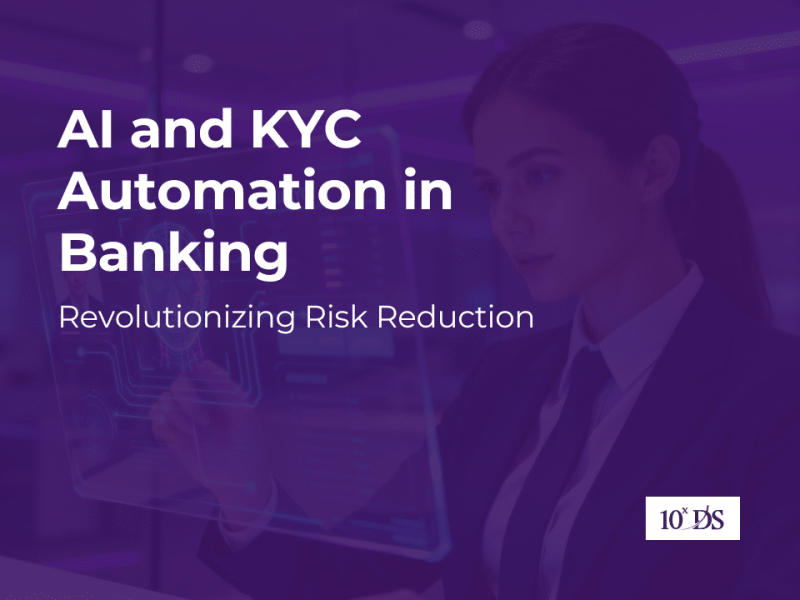
Safeguarding Your Organization in the Age of Disinformation
Disinformation has rapidly evolved into a serious and systemic threat in today’s interconnected digital landscape. What once appeared as isolated incidents—such as fake news, doctored images, or impersonation attempts—has become part of a broader, coordinated effort to manipulate perception and disrupt trust. Early indicators included unusual surges in online activity, synchronized false narratives across multiple platforms, and abrupt shifts in public sentiment. These patterns were soon traced to deliberate campaigns often driven by political motives, corporate sabotage, or financial incentives.
Today, these operations present a significant risk to both public institutions and private enterprises. In a matter of hours, disinformation can erode public trust, destabilize organizations, disrupt markets, and tarnish reputations. The proliferation of generative AI—through tools like deepfakes and synthetic text generators—has further lowered the barrier to creating highly convincing false content. Meanwhile, algorithm-driven social media platforms tend to amplify such content, often without adequate checks, creating a volatile information environment where fact and fiction are increasingly difficult to distinguish.
Understanding Disinformation
Disinformation involves the deliberate creation and spreads of false or misleading information with the intent to deceive, manipulate, or cause harm. It differs from misinformation, which may be shared unintentionally, by its calculated objective to influence opinions, damage reputations, or destabilize systems. These campaigns are typically orchestrated by state-sponsored actors, political groups, cybercriminals, or competitive entities. Their objectives often include manipulating public opinion, destabilizing financial markets, damaging competitors’ reputations, or creating confusion among consumers and stakeholders to gain a strategic or economic advantage.
The Role of Technology in Disinformation
Technology has significantly amplified the scale, reach, and sophistication of disinformation campaigns. Modern tools such as generative AI now enable bad actors to create hyper-realistic fake content, deepfake videos, synthetic voice recordings, and convincingly fabricated text—all of which make it increasingly difficult to distinguish truth from falsehood.
The key enablers of disinformation campaign include:
- Generative AI and Deepfakes: These tools can produce convincing fake videos or impersonate individuals with frightening accuracy. A single deepfake can undermine public trust or discredit a public figure instantly.
- Social Media Algorithms: Designed to prioritize engagement, these platforms often amplify provocative or emotionally charged content, regardless of its accuracy. This makes social media fertile ground for disinformation to go viral rapidly.
- Bots and Fake Accounts: Disinformation campaigns often deploy armies of automated bots and fake profiles to artificially inflate the reach of false narratives, creating a false sense of consensus or urgency.
- Dark Web and Encrypted Channels: Disinformation toolkits, stolen data, and coordination of campaigns often occur in hidden parts of the internet, making detection and attribution challenging.
The fusion of these technologies creates a powerful and accessible ecosystem for conducting disinformation operations. Even small groups can now launch campaigns with global impact, targeting audiences at scale and with precision.
Impacts of disinformation campaign on Organizations
Disinformation campaigns can have far-reaching and multifaceted impacts on organizations. They can cause significant reputational damage, as false narratives undermine public trust and tarnish brand image. Financial losses often follow, driven by stock price volatility, customer attrition, or expensive legal disputes. Operationally, disinformation can disrupt internal workflows, creating confusion and miscommunication among employees. Moreover, such campaigns frequently serve as a gateway for security breaches, where phishing attacks and social engineering tactics exploit false information to gain unauthorized access to systems and sensitive data.
How Organizations Can Stay Ahead of Disinformation
Disinformation is no longer confined to the realms of public relations or cybersecurity, it is a multifaceted, rapidly evolving threat that can impact every layer of an organization. To effectively defend against it, companies must adopt a proactive and comprehensive strategy that spans teams, technologies, and internal processes.
- Keep an Eye on the Digital Noise: One of the first steps is to stay alert to the digital noise. Deploying AI-driven threat intelligence platforms can help monitor news sites, social media, blogs, and forums for early signs of disinformation. These tools often leverage natural language processing (NLP) to detect harmful narratives, identify patterns of coordinated bot activity or fake account clusters and analyse the sentiment and spread rate of misleading stories. Integrating internal alert mechanisms ensures that when threats are detected, relevant teams, whether PR, cybersecurity, or executive leadership are notified immediately for swift action.
- Empower Your People with Media Smarts: Empowering employees through media literacy is equally crucial. Embedding this into your risk management strategy helps build internal resilience. This can be achieved by running workshops on evaluating the credibility of information sources, creating playbooks for handling suspicious content, and promoting a culture of critical thinking that encourages staff to verify before they share. Reducing the internal spread of false information is often the first line of defence against disinformation.
- Be Ready to Respond with a Clear Voice: Organizations also need a well-structured crisis communication plan tailored to digital misinformation scenarios. This plan should include pre-approved messaging templates for various threat types, from deepfakes to impersonation or false data leak rumours. An escalation decision tree outlining who responds, how quickly, and through which channels ensure coordinated, consistent messaging. A media engagement strategy will also be essential to correct false narratives and regain control of public perception.
- Team Up with the Right Allies: Collaboration strengthens defences. Partnering with external allies such as subscribing to cybersecurity threat intelligence feeds, working with fact-checking organizations, or joining industry-wide information-sharing networks (like ISACs) can enhance detection and credibility. These partnerships provide early warnings and allow for coordinated responses, reinforcing that collective defence is often the most effective approach.
- Put Trust in the Tech – Like Blockchain: Leveraging technology like blockchain can also bolster content authenticity. It enables timestamping and logging of key communications such as press releases or videos and allows end-users to verify the origin of content via digital watermarking and blockchain trails. This is particularly beneficial for safeguarding the integrity of marketing, legal, and regulatory materials, especially during high-stakes moments like product launches.
- Keep Security Measures Fresh: Maintaining up-to-date cybersecurity measures is another vital pillar. Since disinformation is often tied to broader cyberattacks, it’s essential to regularly train employees on phishing and social engineering threats, implement identity verification tools to prevent impersonation (such as domain spoofing), and conduct tabletop exercises simulating disinformation alongside other crisis scenarios. Importantly, security and communication teams must collaborate closely rather than operating in silos.
- Monitor Your Digital Reputation Continuously: Lastly, organizations must continually monitor their digital reputation. Brand monitoring platforms and digital risk protection services can track impersonator websites and social media accounts, flag harmful mentions, and provide early alerts to potential threats. This kind of visibility enables organizations to intervene before small incidents escalate into full-blown disinformation campaigns.
Together, these measures form a layered, adaptive defence strategy that not only protects against current threats but also builds long-term resilience in a rapidly shifting information landscape.
Custom Software Solutions for Disinformation Risk Assessment
A one-size-fits-all approach to tackling disinformation doesn’t work well, especially in today’s digital world where risks differ widely across industries, locations, and organizations. This is where custom software solutions developed through expert consulting become invaluable. By conducting a comprehensive risk assessment tailored to an organization’s unique digital footprint, customer demographics, and business objectives, software consultants can design tools that prioritize threats specific to the client’s environment.
These bespoke solutions might include dynamic risk scoring models that continuously evaluate emerging disinformation trends, predictive analytics to forecast potential attack vectors, and integration with internal systems to identify vulnerable communication channels. For example, a financial institution might need heightened focus on disinformation campaigns that target stock price manipulation, whereas a healthcare provider may prioritize rumours about patient safety or medical misinformation. By aligning software capabilities with business context, organizations can allocate resources more effectively and respond proactively to emerging threats before they escalate.
Building Organizational Resilience
Beyond immediate responses, organizations should prioritize building long-term resilience against disinformation by fostering a culture of transparency that encourages open communication and trust internally, thereby reducing vulnerability to false narratives. Establishing and maintaining trusted official information channels is essential, so stakeholders consistently know where to find accurate and authoritative updates. Actively monitoring social media platforms for mentions of the organization allows timely engagement with audiences, addressing concerns and correcting misinformation before it spreads widely. Additionally, investing in regular employee training equips staff with the skills to recognize and respond effectively to disinformation, reinforcing their critical role in preserving the organization’s integrity and reputation over time.
Conclusion
Disinformation campaigns pose a significant threat in the digital age, but with proactive measures, organizations can mitigate risks and protect their assets. By integrating advanced technologies, fostering a culture of awareness, and establishing robust communication strategies, businesses can enhance their resilience against disinformation. Continuous vigilance and adaptability are key to navigating the evolving landscape of digital threats


